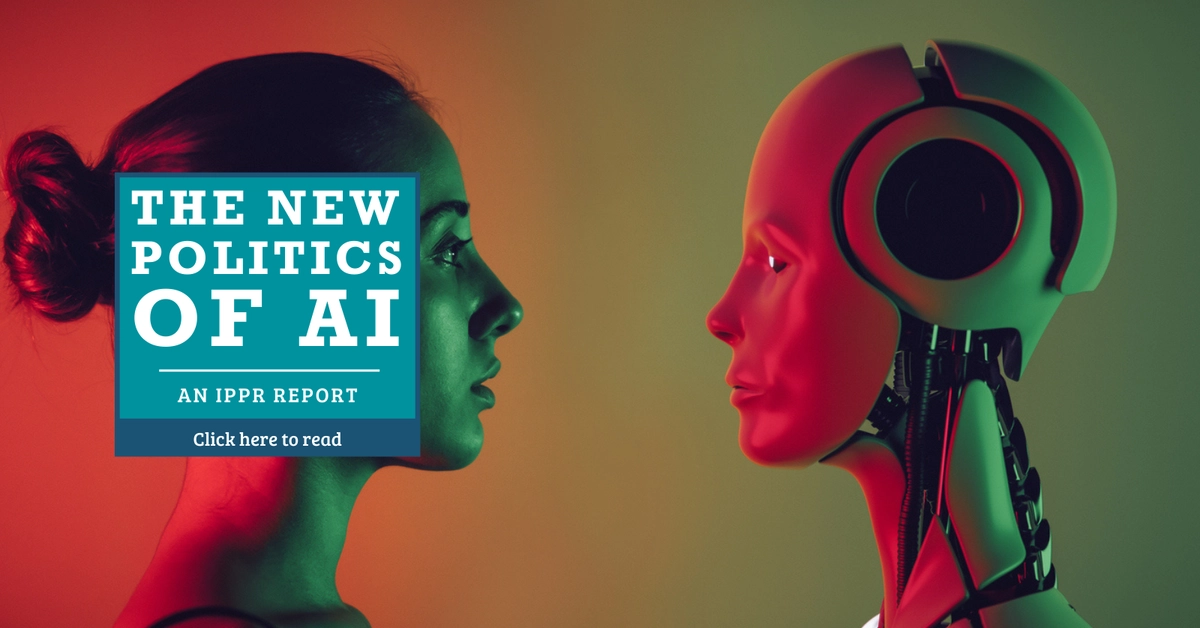🏛 The Rise of AI in Political Campaigns: Shaping Elections or Manipulating Democracy?

Artificial Intelligence (AI) has moved beyond business and entertainment, making its way into politics. From targeted ads on social media to predictive models that forecast voting behavior, AI is changing how elections are run. But while some see this as a positive step toward more efficient campaigning, others worry about the risks to democracy.
How AI is Changing Campaign Strategies
Traditionally, political campaigns relied on polls, focus groups, and door-to-door canvassing to reach voters. Now, AI tools can:
-
Analyze voter data to identify what issues resonate most with specific demographics.
-
Automate message delivery, sending personalized emails, texts, or ads.
-
Predict turnout by studying patterns in voter behavior.
This means campaigns can be more strategic and resource-efficient, focusing energy where it counts most.
The Benefits of AI in Politics
-
Better voter engagement: AI allows for more personalized outreach. A young voter interested in climate change may see different content than an older voter focused on taxes.
-
Efficiency: Campaigns can reduce wasted time and money by targeting the right people with the right message.
-
Data-driven policies: By understanding voter concerns, politicians can align their platforms with what people truly want.
The Dark Side: Manipulation and Misinformation
Unfortunately, AI isn’t only used for good. There are growing concerns about its misuse:
-
Deepfakes: Fake videos or audio clips can misrepresent candidates, spreading lies at lightning speed.
-
Micro-targeting: By tailoring messages to individuals, campaigns can manipulate emotions and opinions without public accountability.
-
Fake accounts and bots: AI can generate thousands of fake social media profiles to amplify propaganda.
The Cambridge Analytica scandal in 2016 was an early example of how data misuse could sway elections. Today’s AI tools are even more powerful.
Can Democracies Keep Up?
Governments and watchdog organizations are beginning to push for AI transparency laws. Some suggest that political ads should include labels showing whether AI was used to generate them. Others argue that deepfake content should be banned outright in political contexts.
But legislation often lags behind technology. The challenge is finding the right balance between innovation and protecting the democratic process.
Conclusion
AI in politics is a double-edged sword. Used responsibly, it can strengthen democracy by connecting politicians with citizens more effectively. Used irresponsibly, it threatens the very foundation of free elections. The question isn’t whether AI will play a role — it already does — but whether society can ensure it is used ethically.

